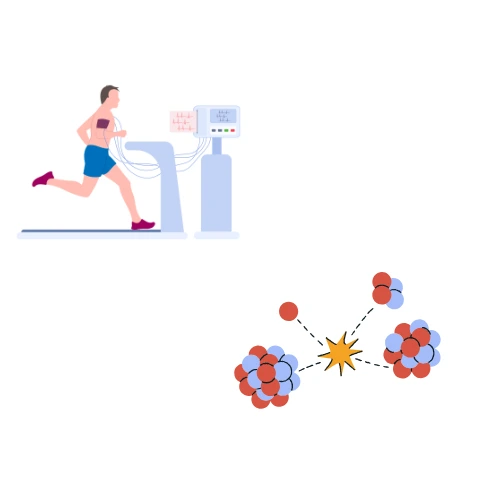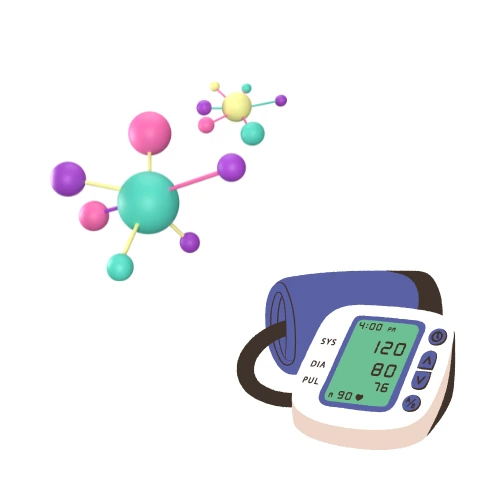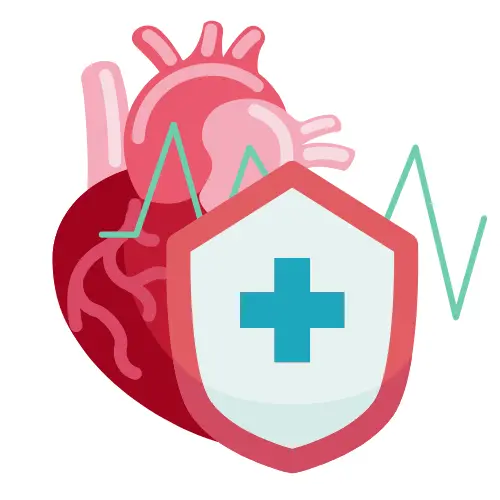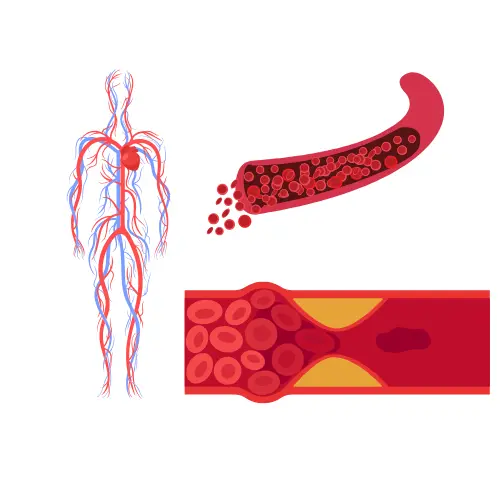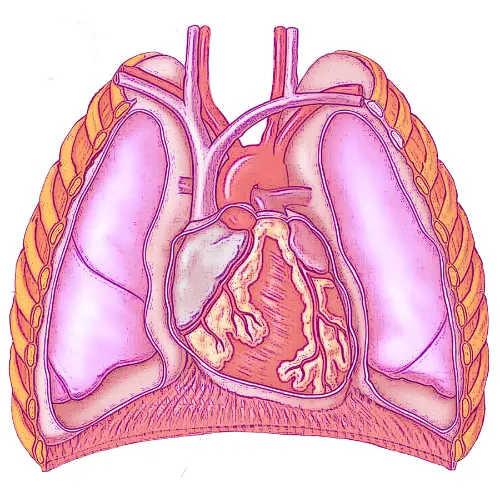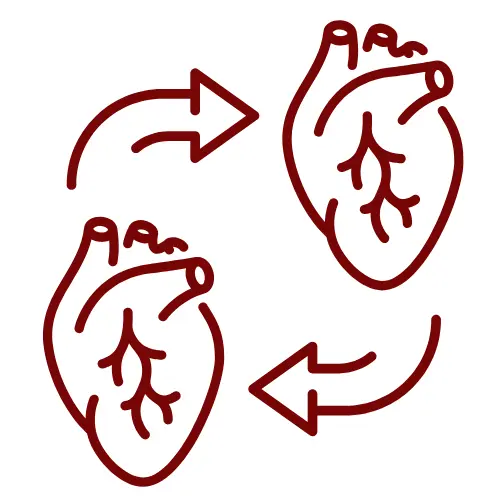Resuscitation and Emergency Infusions
Resuscitation in emergency medicine can be the difference between life and death when timed well and performed effectively. Resuscitation, which commonly focuses on restoring vital functions, often rests on emergency infusions to keep a patient’s condition stable. Emergency infusions are defined as fluids, blood products, or medications administered through intravenous access. This may be required for conditions such as hemorrhage, shock, cardiac arrest, or extreme dehydration wherein the fluid balance and perfusion of the body need immediate correction.
Circulation and oxygenation are the basic goals of resuscitation. Thus, in hypovolemic shock caused by blood loss, isotonic crystalloids, such as normal saline or lactated Ringer’s, are commonly administered as a fluid for resuscitation. In cases where there is major blood loss, blood products will often be required to improve oxygen-carrying capacity. Advanced cardiovascular life support protocols may include epinephrine or other vasoactive medications administered IV, which would help stimulate heart function and improve perfusion for a victim experiencing cardiac arrest.
Emergency infusions are very technically demanding and require close monitoring. High-flow delivery may be accomplished with large-bore IV cannulas, intraosseous access, or central lines – when the blood pressure is low enough that peripheral veins collapse or become inaccessible. The patient’s volume and rate of infusion must also be monitored closely because fluid overload and electrolyte imbalances can worsen the patient’s condition.
Specific clinical conditions may also require the infusion of specialized fluids, like hypertonic saline or albumin. Delivery can also be enhanced with rapid infusion systems or pressure bags. The goal of emergency infusions in resuscitation is to rapidly deliver focused intervention to achieve hemodynamic stability and facilitate recovery. Successful resuscitation results from a synergy of prompt decision-making, expert infusion administration, and close patient monitoring.
Get In Touch
Other Sessions
Related Topics
- International Conference on Resuscitation and Emergency Infusions
- Resuscitation and Emergency Infusions Virtual Conferences
- Resuscitation and Emergency Infusions Webinars
- Resuscitation and Emergency Infusions Congress 2025
- Resuscitation and Emergency Infusions Congress 2025
- Resuscitation and Emergency Infusions Conference
- Resuscitation and Emergency Infusions Events
- Global Conference on Resuscitation and Emergency Infusions
- International Conference on Resuscitation and Emergency Infusions
- Resuscitation and Emergency Infusions Conferences 2025
- Resuscitation and Emergency Infusions Conferences
- Resuscitation and Emergency Infusions Conference 2025
- Resuscitation and Emergency Infusions Congress
- Resuscitation and Emergency Infusions Meetings
- Resuscitation and Emergency Infusions Workshops
- Resuscitation and Emergency Infusions Virtual Conferences











